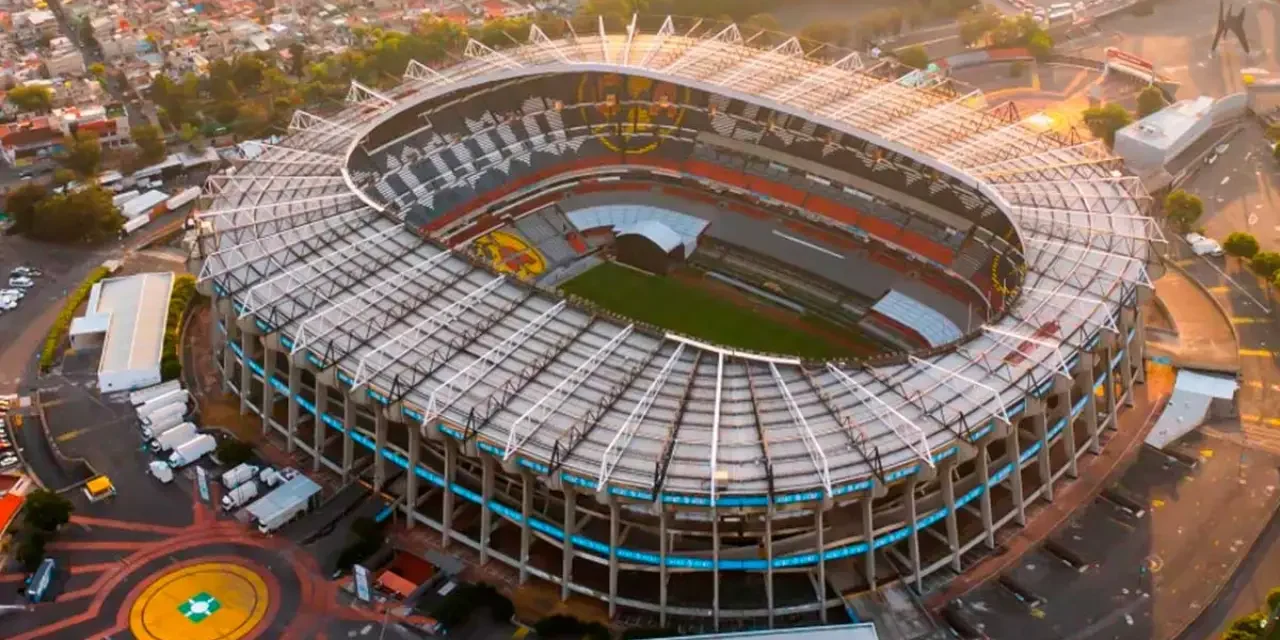With less than a year to go before the kickoff of the 2026 World Cup, the iconic Estadio Azteca – now officially known as Estadio Banorte – is in the final stretch of its ambitious transformation. This colossal venue, witness to unforgettable moments in football history, is being adapted to meet FIFA’s demanding standards and to provide a world-class experience for both players and fans.
The renovation, which began in 2023, represents an investment of nearly $150 million, funded largely by Grupo Salinas and Banorte, the stadium’s new title sponsor. Although the name change has been controversial for many fans, it marks the beginning of a new era for the stadium, which has hosted two World Cup finals (1970 and 1986) and is now preparing to welcome a third.
A redesign combining history and modernity
The stadium’s renovation seeks to balance respect for its history with the implementation of cutting-edge technology. The architectural design was led by the Mexican firm GVA Arquitectos, in collaboration with international experts in sports facilities.
Among the main changes are:
- Modernization of seating and expansion of VIP areas to improve comfort and visibility for spectators.
- Installation of a new translucent roof that will protect from rain without obstructing natural light.
- Renovation of locker rooms, suites, press areas, and access tunnels with ergonomic designs and state-of-the-art technology.
- Improvements in universal accessibility, including elevators, ramps, and signage for people with disabilities.
- Implementation of a LED audio and lighting system to provide visual shows during each match.
Additionally, the stadium will feature a renovated commercial and gastronomic area, with restaurants, official stores, and interactive spaces that will enrich the experience for attendees.
Mexico, a historic host
Mexico will become the first country to host three World Cups, solidifying its position as one of the most passionate football nations. Estadio Banorte will be the venue for the opening match of the 2026 World Cup, an unprecedented event that will bring together millions of fans from around the world in Mexico City.
FIFA has praised the progress of the renovations, noting that the stadium will be one of the most iconic of the tournament. The project also incorporates sustainability criteria, including energy efficiency, responsible water management, and material recycling, which will enable it to obtain international ecological certifications.
National pride
Despite the nostalgia for its former name, the modernization of Estadio Banorte has been well received by most Mexicans, who see this new chapter as an opportunity to show the world our country’s evolution. Football has always been a unifying force in Mexico, and this renovated yet historically faithful venue will stand as a symbol of pride for new generations.
With the countdown to 2026 underway, Estadio Banorte is almost ready to open its doors and write a new golden chapter in the history of world sports.
















